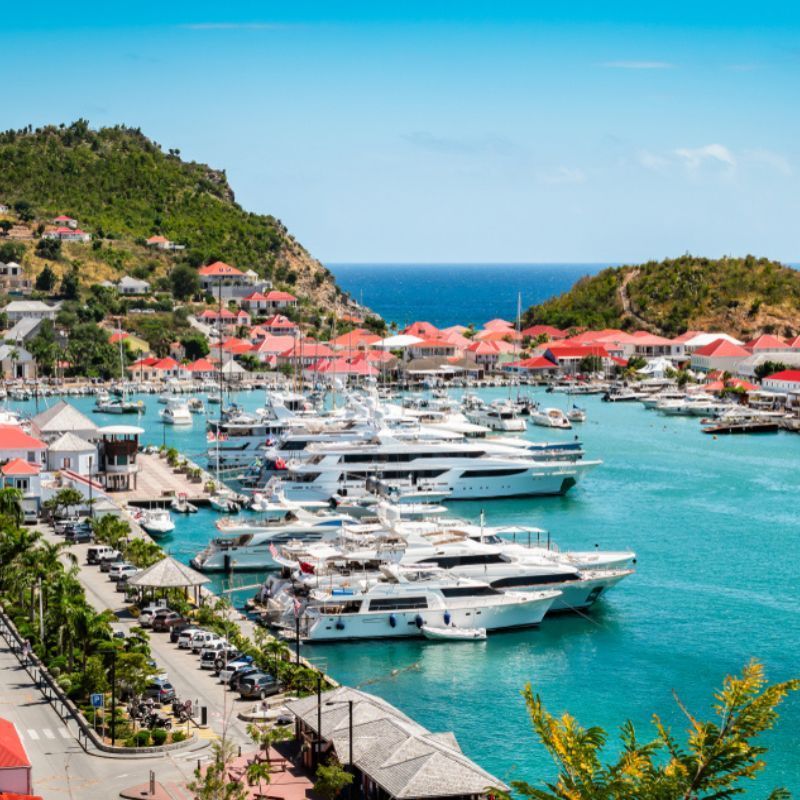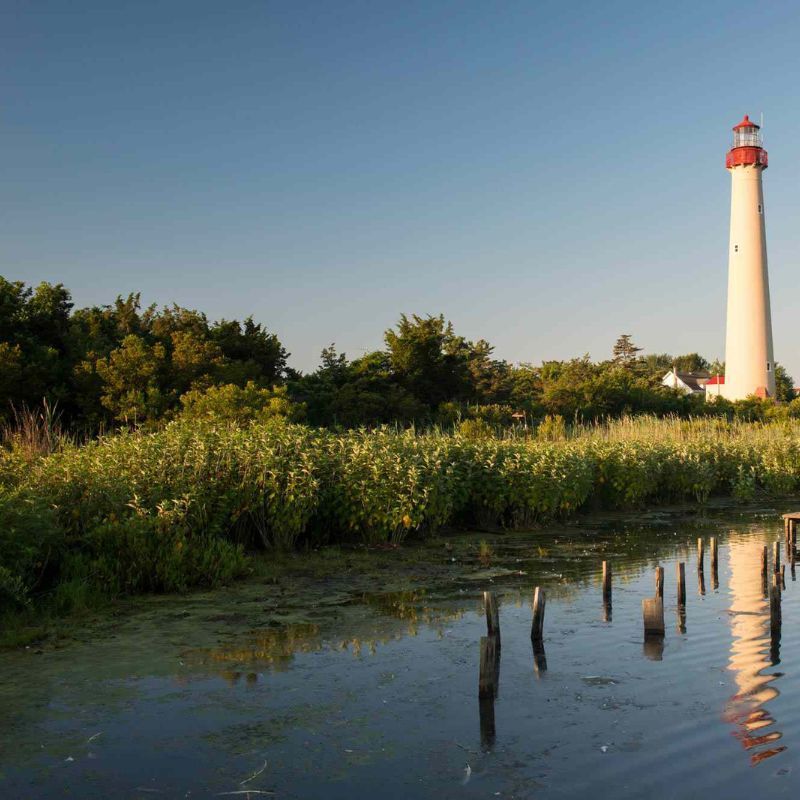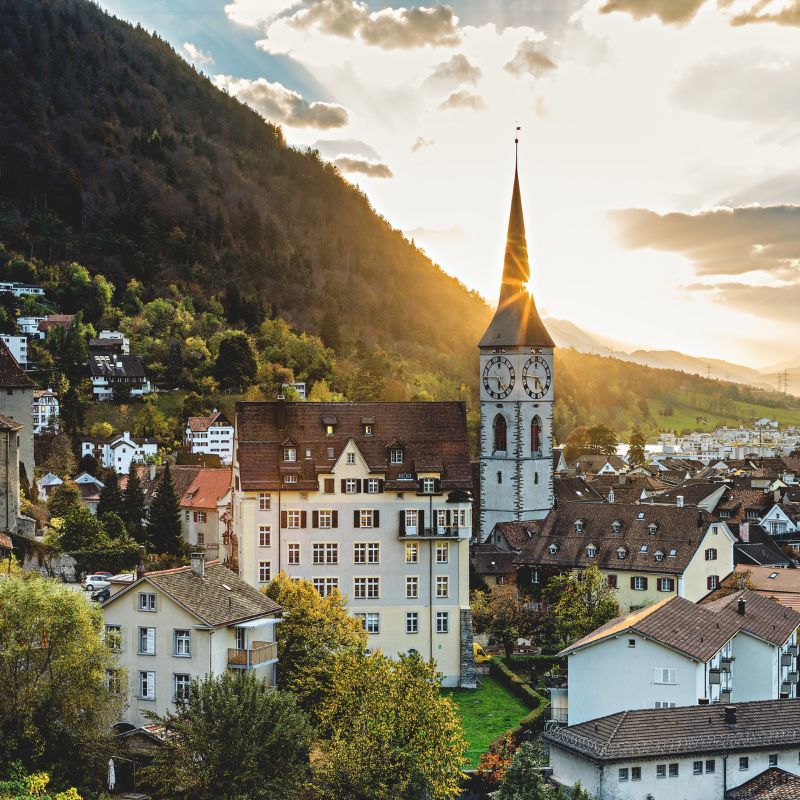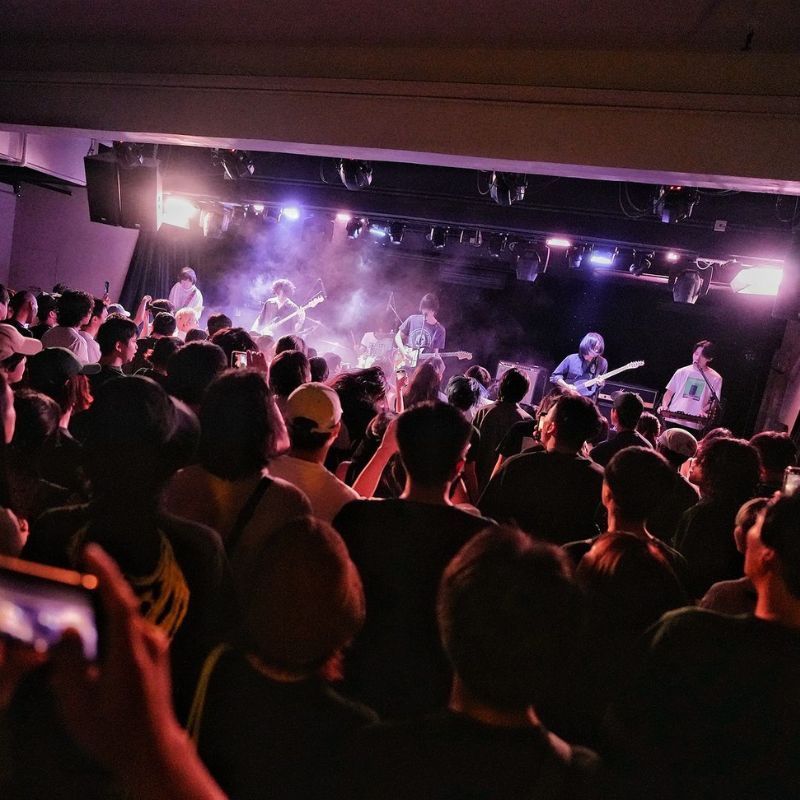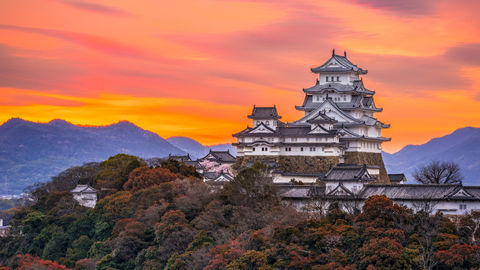
If Europe has its Scottish castles to boast about, South Asia has Japan. Unlike Scottish or European castles in general, Japanese castles were made of wood, making them more susceptible to the ravages of time, man and nature. Many of the castles, while they still hold the key to understanding Japan’s incredibly layered and complex heritage a bit better, are modern renovations on the old sites. Here are a few of the castles that have been able to survive earthquakes as well as WWII, and are worth visiting Japan for. By Shubhanjana Das
1. Himeji Castle
Built in 1333, the Himeji Castle has lived through the Meiji Restoration, World War II bombings, earthquakes and other disasters, which could have claimed this magnificent structure. Holding claim to being the largest and the most visited castle in the country, Himeji covers an area of 233 hectares and was originally constructed in its pristine white by samurai Akamatsu Norimura. Its labyrinthine structure was designed in a way as to keep invaders away, but for visitors, it is no less than a maze. Himeji was declared a UNESCO World Heritage Site in 1993.
2. Inuyama Castle
Situated in the Aichi Prefecture, Inuyama overlooks the Kiso River and is sometimes referred to as the Japanese Rhine. Built in 1440 and finished in 1620, the castle served as the base for the Naruse clan and its walls can be seen adorned by the complete traditional samurai attire as worn by the legends’ stories it immortalises. Remember to leave your shoes behind as you climb the steep steps bare feet to be treated to a spectacular view of the Kiso river and the Gifu Prefecture.
3. Hirosaki Castle
If you’re visiting Japan during the cherry blossom sea, then you must make a trip to Tohoku solely to witness the Hirosaki Castle, sitting proudly in a bed of pink sakura in the later part of April. While the castle’s historic importance surely makes it one of the strongest influences in the history of Aomori, the confluence of natural beauty with historical significance is hard to let go without experiencing.
4. Matsumoto Castle
Matsumoto is often referred to as the Crow Castle, a name it has earned owing to its black paint. It was one of the few castles which survived the Meiji government’s restoration and is said to be one the very few true complete ones that remain in the land of Japan. It is located in the Nagano Prefecture, north of Tokyo. It was home to feudal lords back in the days of the Sengoku period when it was known as the Fukashi Castle. During summer, a Noh theatre festival, as well as a Taiko Drum Festival, is held on the castle grounds. The Castle’s second-floor shelters arms and weaponry in the Teppo Gura gun museum.
5. Kochi Castle
Located in the Kochi City in Kochi Prefecture, the castle’s grounds are part of the Kochi Park, which also houses the Kochi Literary Museum. That should be easy to remember, right? All the structures of the Kochi Castle have been preserved and the imposing Otemon Gate at the entrance along with the ‘ninja repellents’ on its walls on the north-eastern part of the castle are worth noting. It was built by Yamanouchi Kazutoyo, who fought with the Tokugawa in the historic battle of Sekigahara.
Related: You Could Cop A House For Free In Japan Thanks To The Japanese Government!




